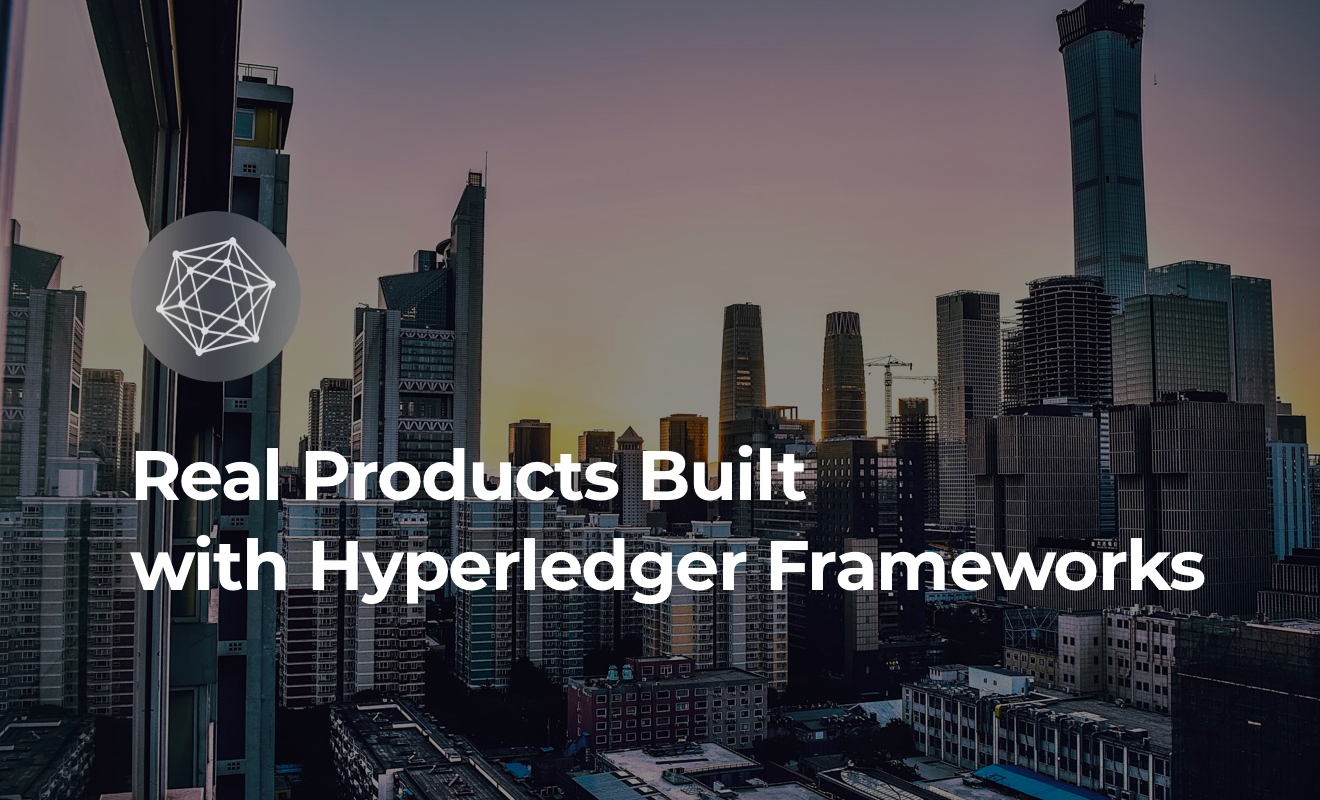
How the Consortium Blockchain Works
September 25, 2019
Corda and Real Businesses Built on Top of This Framework
August 23, 2019
>>Read our Review of Blockchain Trends 2018 <<
Blockchains are the networks of distributed databases that enable trust and anonymity. The end of 2018 marked the exhaustion of the market for blockchain providers, and now the competition is even tighter. To explore the market, we review the blockchain technology trends of 2019.
2018 witnessed a clean up of the blockchain scene as prices dipped and overhyped projects shut down or went to courts — what we long waited for. But at the same time, pragmatic developers of platforms like EOS, Hyperledger, Corda, and Stellar kept on building what matters.
In 2019, their struggle for leading positions will increase and focus on applicability, interoperability, and innovation. Therefore, we expect the improvement in these areas and maximum compliance with market requirements as new trends in blockchain technology.

Consortium blockchain is the first and the most obvious way to apply DLT technology in private setups. Enterprises сollaboration options were very limited before the blockchain. They used to share monthly/yearly reports on certain market trends which is pretty time inefficient. Another option is to build custom integrations for API access to their enterprise infrastructure and data. This approach has always raised concerns regarding privacy, security, data leaks, and breaches. As a result, enterprises often remain associated with a closed and conservative environment.
Private blockchains, on the other hand, can offer sharing only the necessary data between participants securely at the same time avoiding potential compromises regarding sensitive data security perimeter. Recent use-cases include We.trade, BITA, MOBI, and Food Chain.
Almost inevitably, consortium blockchains led to dedicated blockchain infrastructure solutions bloom: AWS, Azure, IBM, Oracle, Google, to name a few. This step, often referred to as Blockchain-as-a-Service, established the standards for enterprise blockchain infrastructure, security, resilience, and maintenance. Consequently, the entrance threshold shrunk as these standards became widely accessible. After a series of such releases, enterprises paid tribute to particular blockchain technology solutions.
The latest blockchain trends suggest that BaaS will continue the evolution in 2019, and new setups working on specific tasks will emerge. We expect plug-and-play templates to solve typical business problems such as:
We are convinced it will give a new impetus to increase mass adoption.
Therefore, we are going to witness further competition, standardization, and relevant commercial applications of the blockchain platforms. How exactly do different decentralized platforms compete with each other? Currently, the success criterion lies in the successful solutions for the blockchain trilemma addressed for a specific target segment.
The trilemma for the blockchain world means that among the given three variables — scalability, decentralization, and security — any two will always succeed at the cost of the third. Hence, instead of racking one’s brains over this trilemma, it is better to select the optimal system.
Scalability is a system’s ability to grow without slowing down its transaction speed. For example, it is not one of Ethereum’s strength since smart contracts are executed by the whole system, which has a lot of users. Hence, it cannot significantly increase capacity. Competitors try to solve the problem in a different way. For example, a network can rely on pre-selected “qualified handlers” who are allowed to handle smart contracts only if they possess the required minimum of computing power and good connection. EOS increased its scalability at the cost of decentralization.
Decentralization stands for the “number of people taking part in the consensus.” The more access various players have to decision-making mechanisms, the less likely sabotage or misuse are. EOS sacrificed its decentralization for a better scalability through the Delegated-Proof-of-Stake. As a result, a small number of people gained most of the power, making it easier to agree with decisions that are more advantageous to them. This has actually happened. The dispute was resolved, but the credibility of the system was severely undermined.
Therefore, Ethereum still sits at the top of the chain. The first public platform for Dapps, it has established an active community, built a rich ecosystem, and remains a blueprint for numerous decentralized projects. Although many have been expecting improvements from the project, it hasn’t compromised on the third parameter of the trilemma, security. Hackers stealing money is unacceptable and, yet, frequent. Whether concerned with centralized crypto exchanges or errors in smart contracts, security must always remain a top priority for DLT systems.
Private blockchains have the advantage of appointing known participants which boosts the throughput significantly. It allows them to advance security since identification information required to verify a transaction is stored and processed through the system. This can be achieved by various technical means: confirmation of cellphone numbers, fingerprint scanners, ID and photo identification, but would reduce the scalability of public chains.
What does 2019 hold for us? According to the current trends of blockchain technology, there will be much less hype and more valuable growth. The industry has woken up from the illusionary dream and brushed off the ICO dust. Due to the hard selling of blockchain potential, the public became tiresome of the term (even a beverage company manipulated investors with the word!). Gradually, the separation of the DLT field from cryptocurrencies will widen as the image of blockchain improves.

Instead, there is a clear FinTech trend: stablecoins and blockchain enabled custodian services flood the market. Lightning Network and other sidechain initiatives cut the costs of transactions substantially while bringing even more people to the global economic pie. It will make Bitcoin great again and expand a truly global, fast, and reliable financial infrastructure. Logistics and supply chain follow suit as the investment in blockchain development continues.
Also, legislative pressure on blockchain companies is increasing, which, in turn, may jeopardize decentralization. A well-known GDPR legislation protects personal data and defines ethical rules for its processing. Under this convention, if a company tries to abuse a customer’s data, then he can contact the law enforcement agencies to investigate. It turned out that it is impossible to use the services in Europe without violations when processing data in foreign data centers. Google has already been fined for 50 million euros for related offences, but the law also pressures businesses using public blockchains for data processing.
For instance, if your company uses Ethereum smart contracts to handle personal data, it is considered of violation of GDPR. “Sharding algorithm” illustrates the principle that avoids the situation. Separate nodes carry out particular transactions off the main network and send the results only to the blockchain after that.
The competition between key blockchain platforms and frameworks tightens and delivers solid infrastructure, better interface, and new functionality. This blockchain trend will further advance standardization and interoperability in 2019. Governments will transition from exploring to partly deploying DLT. Besides, as blockchain infrastructure improves, and more solutions such as service and ready architectural templates emerge, blockchain adoption will keep growing.


